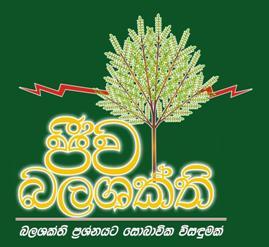The Bioenergy Feedstock Library – Future of Biomass Research is in this book-less library
The Future of Bioenergy is in this Book-less Library
breakingenergy.com, 16th may 2-16, By Cory Hatch – Idaho National Laboratory

The Bioenergy Feedstock Library contains no books. What it does contain is information about biomass — organic material such as corn stover, switchgrass, wood chips and wheat straw. Nearly 50,000 biomass database entries and more than 35,000 physical samples reside in a repository located at the Department of Energy’s Biomass Feedstock National User Facility.
The library got its start in 2009, when Idaho National Laboratory lab technician Marnie Cortez got a strange assignment: Go to an eastern Idaho field and organize hundreds of boxes of biomass.
“There were cargo containers full of biomass samples,” she said.
The samples came from efforts to develop new technologies that turn raw biomass into processed material — called feedstock — that is easily stored, transported and converted into renewable energy.
Over the next few years, the samples and database became known as the Bioenergy Feedstock Library, and Cortez got a new title: librarian.
Now, the library is taking another leap forward. Upgrades are turning it into a global research and development tool.
The Energy Department estimates that by 2030, the U.S. could produce 1.1 billion tons of biomass for energy production, enough to offset 30 percent of the nation’s current petroleum needs.
Technical Challenges
But complex technical challenges stand in the way of turning that possibility into reality. One culprit stands out: variability. Two bales of corn stover harvested from the same field may have vastly different chemical and physical characteristics.
These differences — moisture or ash content, for example — cause headaches for bioenergy developers, including inconsistent particle sizes, clogged augers and problems during conversion.
The library is an extensive source of information for researchers attempting to solve such challenges, for example, by developing new biomass processing technologies to make bioenergy feedstocks more consistent. Processing can include drying, chemical treatments and forming biomass into pellets.
Helping the Industry
Researchers often investigate samples at each step in the process to learn more about their chemical and physical properties. The library offers searchable access to data from these intermediate samples and the ultimate end product.
The resulting information can help industry pinpoint the cause of problems. For example, one bioenergy company recently complained that its mills had a significantly shorter operational lifetime than anticipated. A quick search of the library’s database revealed that the company’s feedstock contained high amounts of silica, also known as quartz, which was wearing down parts of the mill. Without the library, such a diagnosis may have taken months and cost thousands of dollars.
But its real power is accessibility. Recent mobile upgrades let researchers upload and securely manage data from anywhere. Powerful data management tools help them perform big-picture analyses using information from multiple data sets.
The library contributes to the research of industry partners, universities and collaborators at Energy Department’s National Renewable Energy Laboratory, Pacific Northwest National Laboratory, Joint BioEnergy Institute and Sandia National Laboratories. And its potential for expansion is vast.
More partnerships mean more data. More data means researchers can address larger and larger questions. And that’s a great thing for the future of bioenergy.
http://breakingenergy.com/2016/05/16/the-future-of-bioenergy-is-in-this-book-less-library/
